Johncoho
Silver Member
- Feb 14, 2014
- 2,856
- 7,282
- 🏆 Honorable Mentions:
- 2
- Detector(s) used
- Whites Spectrum XLT, Garrett AT Pro, Macro pinpointer, Garrett carrot pinpointer,
Lesch digger, Nel Tornado coil for ATPro, Garret ATMax with Nel Tornado coil
- Primary Interest:
- All Treasure Hunting
I was able to get out for a short hunt and found the nicest Braided Hair LC I have ever dug. 1848 Braided Hair. Also a musket ball, a crappy 1921 Wheat and a flattened penny with a hole, and an old hatchet head. Any idea on the age of the hatchet would be appreciated. Thanks for looking and good luck out there.
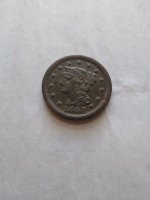
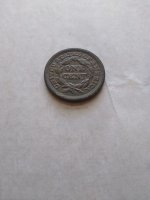
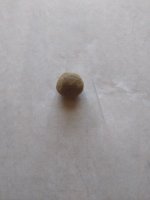
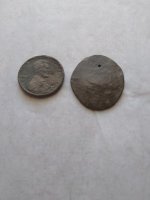
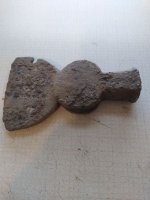





Upvote
44












